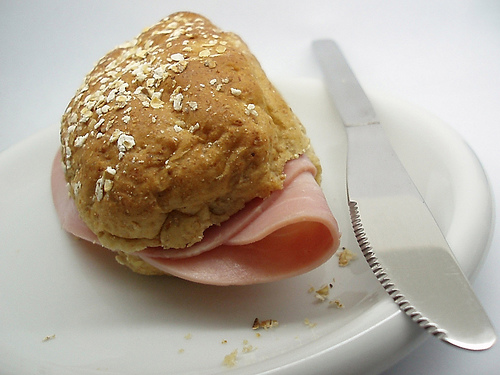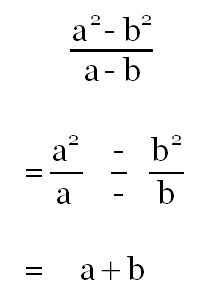
The Arecibo Observatory is the largest single-aperture telescope ever built.
Astronomer Frank Drake calculated the dish would hold 357 million boxes of corn flakes.

The Arecibo Observatory is the largest single-aperture telescope ever built.
Astronomer Frank Drake calculated the dish would hold 357 million boxes of corn flakes.
Suppose some numbers are uninteresting. Put them in a separate class.
But now that class contains a largest and a smallest number. That’s interesting, so move them back into the class of interesting numbers.
You can repeat this until only one or two uninteresting numbers remain — a fact that makes them interesting. So now that class is empty, and all numbers are interesting.

In 1938, Stefan Banach proved that it’s always possible to slice a ham and cheese sandwich in half such that each half contains the same amount of bread, cheese, and ham.
It’s called the ham sandwich theorem.
27 × 81 = 2187
35 × 41 = 1435
Imagine a lottery with 1,000 tickets.
It’s rational to believe that one ticket will win.
But it’s also rational to believe that the first ticket will not win—nor the second, nor the third, and so on.
And isn’t that equivalent to believing that no ticket will win?

Here are two envelopes. One contains twice as much money as the other. You must choose one, and then consider whether to keep it or exchange it for mine. Which should you do?
It would seem advantageous to switch: Depending on which envelope you started with, you’ll either lose a little or gain a lot. (If your unopened envelope contains $10, for example, the other must contain $5 or $20.)
So we trade envelopes and I offer you the same deal. But now the same reasoning applies, so it makes sense to trade again. Indeed, it seems reasonable to keep exchanging envelopes forever, without ever opening one. How can this be?
-40° Celsius = -40° Fahrenheit
407 = 43 + 03 + 73
142857 is a cyclic number — you can find its multiples simply by rotating its digits:
Also: 1428572 = 20408122499, and 20408 + 122449 = 142857.